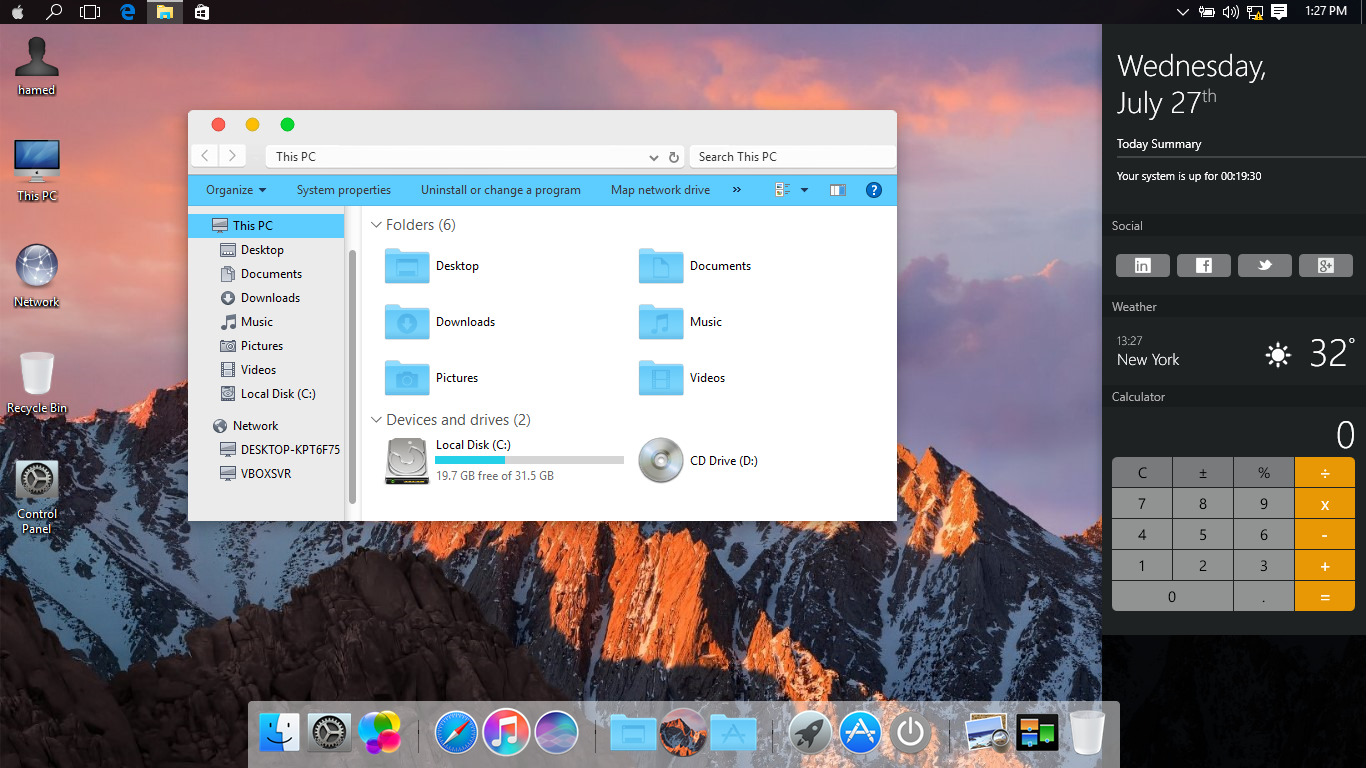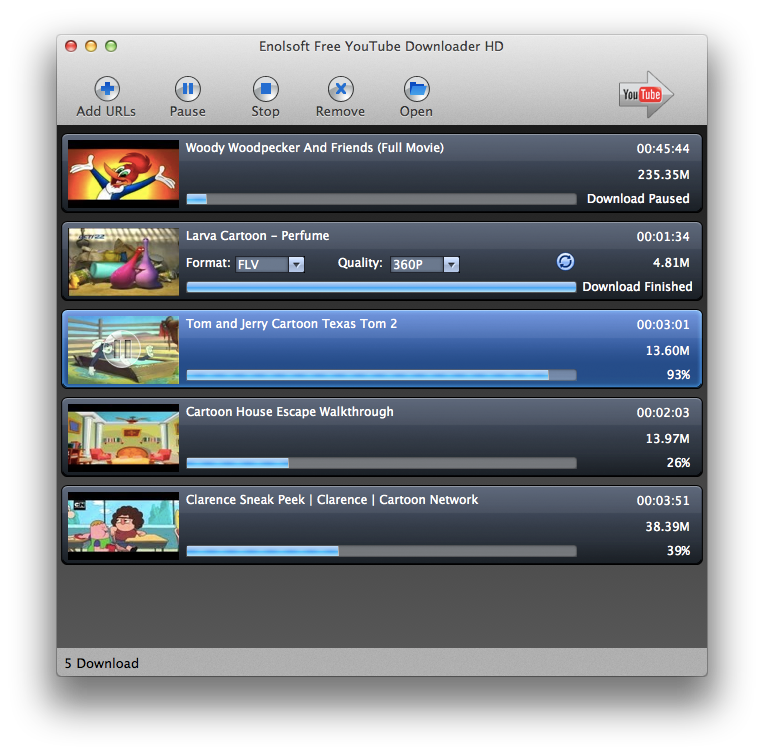

Note: you may need to reboot after changing this sort of information, or run 'dscacheutil -flushcache' from the command line.
#NETINFO MANAGER OS X LION MAC OS X#
Methods for editing users attributes on Mac OS X Leopard (user shell, uid, primary gid, home directory path) All of these operations can be accomplished with Leopard using new and existing tools provided with the OS. NetInfo Manager was historically used by end users to modify the contents of the NetInfo database for operations such as changing a user's shell attribute, managing groups, enabling the root user, editing filesystem mount records, and host records. Groups can similarly be found at /var/db/dslocal/nodes/default/groups, other record types follow the "default" portion of that file path.

#NETINFO MANAGER OS X LION PLUS#
plist file represent the common posix user information plus some information unique to Mac OS X. To the trained eye you will see the contents of this. For example a user record named "admin" and its contents can be found at /var/db/dslocal/nodes/default/users/ist. plist (an XML structure for representing structured data commonly used on the Mac OS X platform). For example nidump passwd would produce output in the colon separated format of /etc/passwd.Īs of Leopard all contents of this file have migrated to /var/db/dslocal – each NetInfo record is now a. The netinfo database on Mac OS X was typically stored in /var/db/netinfo/local.nidb/, though much of the information in the database could be presented in the style of /etc files using the nidump command. Users, groups, host entries and file system mount records have historically been stored in plain text files that are read/write root-only, and read world for everyone else. The major uses for netinfo were as an alternate configuration database for the /etc files. Netinfo was historically used by NextStep as an OS configuration database. 5 Methods for managing group records on LeopardĪll versions of Mac OS X have used Netinfo (until Leopard 10.5).4 Methods for adding host records on Leopard.

3 Methods for adding file system mount records on Leopard.2 Methods for editing users attributes on Mac OS X Leopard (user shell, uid, primary gid, home directory path).


 0 kommentar(er)
0 kommentar(er)
